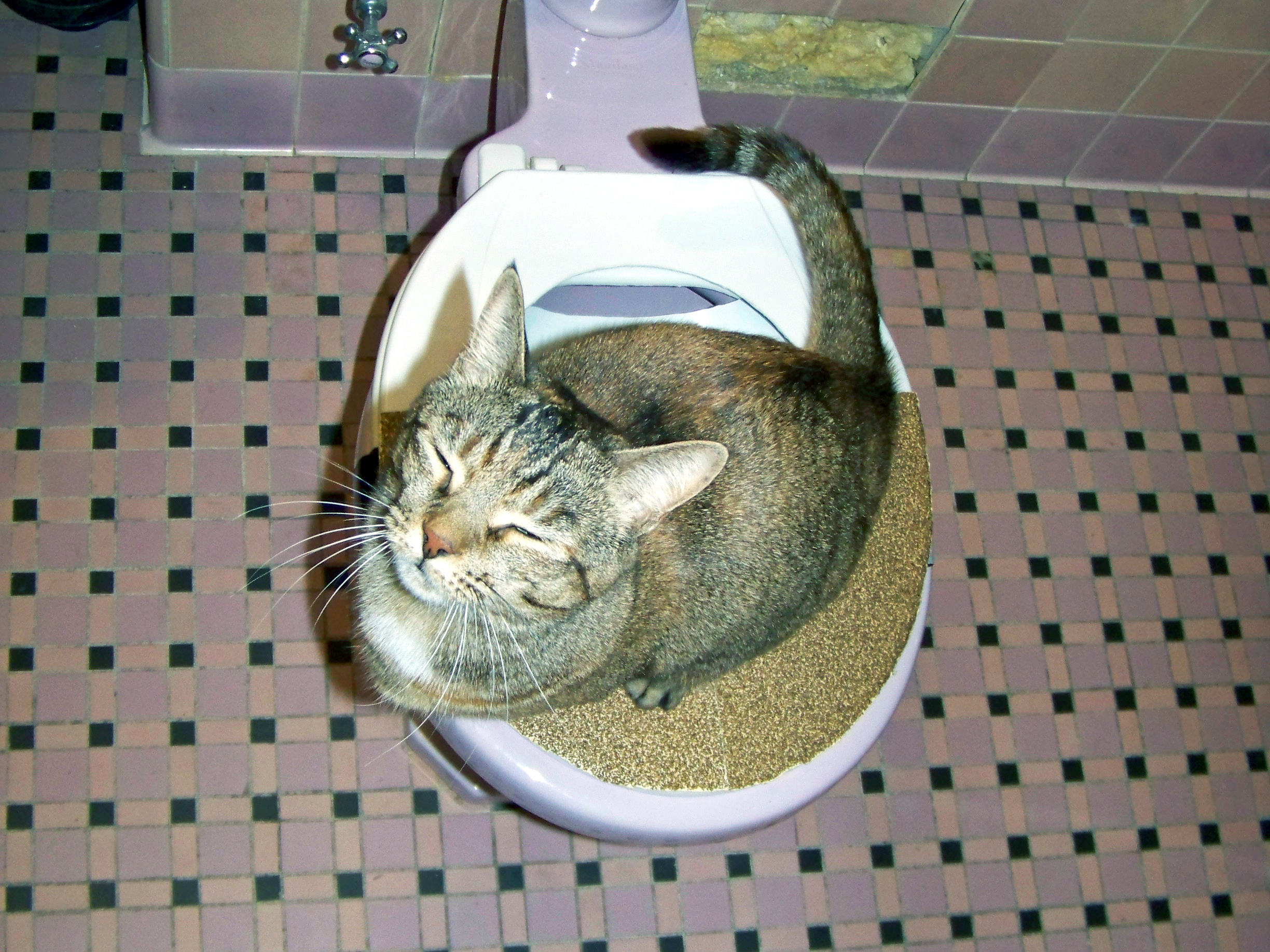Presented here below you'll find a bunch of sensible insights relating to Can You Flush Cat Poo or Litter Down the Toilet?.

Introduction
As cat owners, it's essential to bear in mind how we take care of our feline good friends' waste. While it may appear practical to purge pet cat poop down the bathroom, this practice can have damaging repercussions for both the atmosphere and human health and wellness.
Alternatives to Flushing
The good news is, there are much safer and more accountable means to dispose of feline poop. Take into consideration the complying with choices:
1. Scoop and Dispose in Trash
One of the most common method of disposing of cat poop is to scoop it into a biodegradable bag and throw it in the garbage. Make certain to make use of a dedicated litter inside story and dispose of the waste promptly.
2. Use Biodegradable Litter
Select biodegradable pet cat litter made from products such as corn or wheat. These trashes are eco-friendly and can be securely thrown away in the garbage.
3. Bury in the Yard
If you have a yard, take into consideration hiding feline waste in a marked location far from vegetable yards and water resources. Make sure to dig deep adequate to avoid contamination of groundwater.
4. Mount a Pet Waste Disposal System
Buy an animal waste disposal system especially created for cat waste. These systems use enzymes to break down the waste, reducing odor and ecological impact.
Health Risks
Along with ecological concerns, purging pet cat waste can additionally pose health and wellness dangers to humans. Pet cat feces may include Toxoplasma gondii, a bloodsucker that can cause toxoplasmosis-- a possibly severe ailment, especially for expecting females and people with damaged immune systems.
Environmental Impact
Purging pet cat poop presents hazardous virus and parasites right into the water supply, presenting a considerable threat to water environments. These pollutants can negatively affect aquatic life and compromise water high quality.
Conclusion
Liable animal possession prolongs beyond supplying food and shelter-- it additionally involves correct waste management. By avoiding flushing feline poop down the commode and selecting different disposal methods, we can decrease our environmental impact and protect human health and wellness.
Why Can’t I Flush Cat Poop?
It Spreads a Parasite
Cats are frequently infected with a parasite called toxoplasma gondii. The parasite causes an infection called toxoplasmosis. It is usually harmless to cats. The parasite only uses cat poop as a host for its eggs. Otherwise, the cat’s immune system usually keeps the infection at low enough levels to maintain its own health. But it does not stop the develop of eggs. These eggs are tiny and surprisingly tough. They may survive for a year before they begin to grow. But that’s the problem.
Our wastewater system is not designed to deal with toxoplasmosis eggs. Instead, most eggs will flush from your toilet into sewers and wastewater management plants. After the sewage is treated for many other harmful things in it, it is typically released into local rivers, lakes, or oceans. Here, the toxoplasmosis eggs can find new hosts, including starfish, crabs, otters, and many other wildlife. For many, this is a significant risk to their health. Toxoplasmosis can also end up infecting water sources that are important for agriculture, which means our deer, pigs, and sheep can get infected too.
Is There Risk to Humans?
There can be a risk to human life from flushing cat poop down the toilet. If you do so, the parasites from your cat’s poop can end up in shellfish, game animals, or livestock. If this meat is then served raw or undercooked, the people who eat it can get sick.
In fact, according to the CDC, 40 million people in the United States are infected with toxoplasma gondii. They get it from exposure to infected seafood, or from some kind of cat poop contamination, like drinking from a stream that is contaminated or touching anything that has come into contact with cat poop. That includes just cleaning a cat litter box.
Most people who get infected with these parasites will not develop any symptoms. However, for pregnant women or for those with compromised immune systems, the parasite can cause severe health problems.
How to Handle Cat Poop
The best way to handle cat poop is actually to clean the box more often. The eggs that the parasite sheds will not become active until one to five days after the cat poops. That means that if you clean daily, you’re much less likely to come into direct contact with infectious eggs.
That said, always dispose of cat poop in the garbage and not down the toilet. Wash your hands before and after you clean the litter box, and bring the bag of poop right outside to your garbage bins.
https://trenchlesssolutionsusa.com/why-cant-i-flush-cat-poop/

We were made aware of that article about Can You Flush Cat Poo or Litter Down the Toilet? from a friend on a different web blog. Sharing is nice. You just don't know, you could be helping someone out. Many thanks for your time. Don't forget to pay a visit to our blog back soon.
Schedule A Service
Comments on “Prevent Bathroom Disasters: Don't Flush Cat Poop Down Your Toilet - Expert Advice”